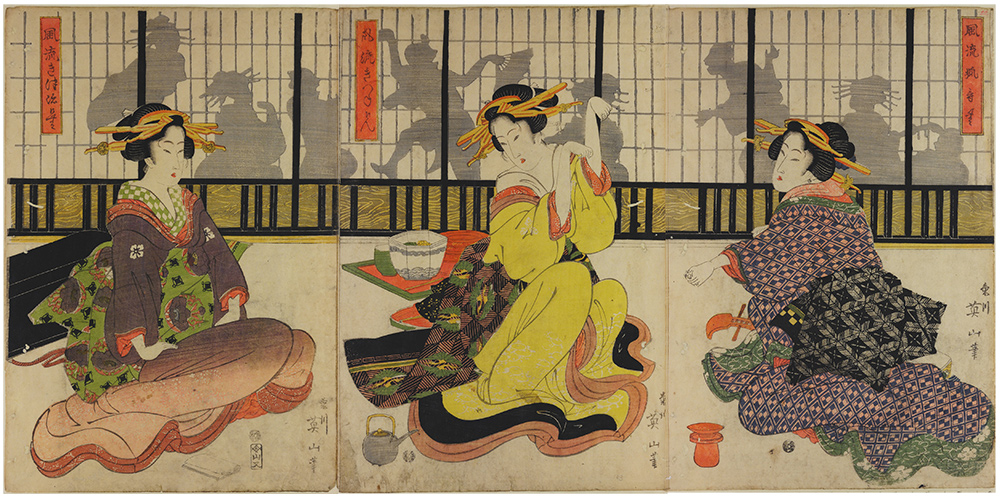
Whether resolving a dispute, deciding who pays the check for lunch, or simply passing the time, Japan’s “Jan-ken” culture is simple, surprisingly elegant, and a lot of fun.
In Western cultures, you might go back and forth with someone when deciding who picks up the check at a restaurant, each party becoming increasingly flustered with the whole, “I’ve got this,” “No, no. I’ve got this!” song and dance until someone finally gives in. In Japan, this situation would be quickly and efficiently resolved with a good old-fashioned game of rock-paper-scissors.
Rock-paper-scissors, or “Jan-ken” in Japanese, is a cultural keystone in Japan, with all kinds of disputes, disagreements, and predicaments being resolved through the game’s simplistic mechanics.
Kids in Japan are taught about jan-ken at a young age, and it’s a quick and easy way for parents to let kids resolve common sibling altercations through the impartial hand of Lady Luck. Sure, there are pro rock-paper-scissors leagues that meticulously calculate odds and discuss strategy, but for two adolescents in Japan, jan-ken is about the closest thing to a fair and largely luck-based resolution you’re liable to find. Kids learn that the result of a good jan-ken game is indisputable, so there are few complaints when a child loses that last piece of cake or whatnot to his younger sister.
▼ A Japanese YouTuber challenges a random store clerk to a game of jan-ken
https://www.youtube.com/watch?v=H0zYztAFIKw
The idea that jan-ken is a simple and fair solution for many of life’s social conundrums carries on into adulthood, where rock-paper-scissors matches are held to decide everything from who should pay the check at dinner, to who gets that shiny new PS4 at the office end-of-year party. In fact, it’s not unheard of for extremely costly transactions to be decided with rock paper scissors, such as this auction house that settled a tied bid by having the bidders engage in a game of jan-ken.
Rock-paper-scissors apparently originated in China (or, at least, that’s where the first historical mention of the game came from), and it’s used occasionally in western cultures to make mostly inconsequential decisions, but it’s arguably the Japanese that elevated jan-ken to an entrenched form of social interaction, starting with a variation called “Kitsune-ken” that used a similar rule set. The featured image depicts a trio of women playing the fox (“kitsune” in Japanese) version of the game.
▼ A diagram of how to play “Mushi-ken,” a precursor to Japan’s jan-ken
Jan-ken is so ingrained into Japanese culture that it pops up everywhere. Restaurants and bars will often hold promotions that challenge guests to play a match with waiters and waitresses for a free drink or a discount. It’s also a common drinking game among friends and it’s so ubiquitous that there are countless permutations in the rules for how to resolve a tie or win the game. At least one university has even sunk significant manpower and resources into creating a robotic arm that wins jan-ken games 100% of the time.
▼ Fortunately, they still don’t let it make any decisions.
While western cultures may decide things with a coin toss, don’t be surprised if you’re challenged to a game of jan-ken when visiting Japan – sometimes even when the stakes are fairly high. Just remember the phrase for initiating a game (“saisho wa gu, jan-ken-pon!“) and enjoy the simple beauty of knowing that, statistically, at least, you’ll win just as often as you lose.
Feature Image: Wikipedia/Victoria and Albert Museum
Insert Image: Wikipedia/Linhart, Sepp